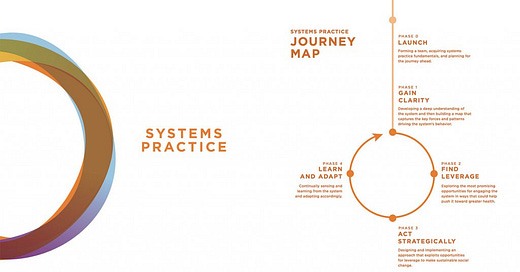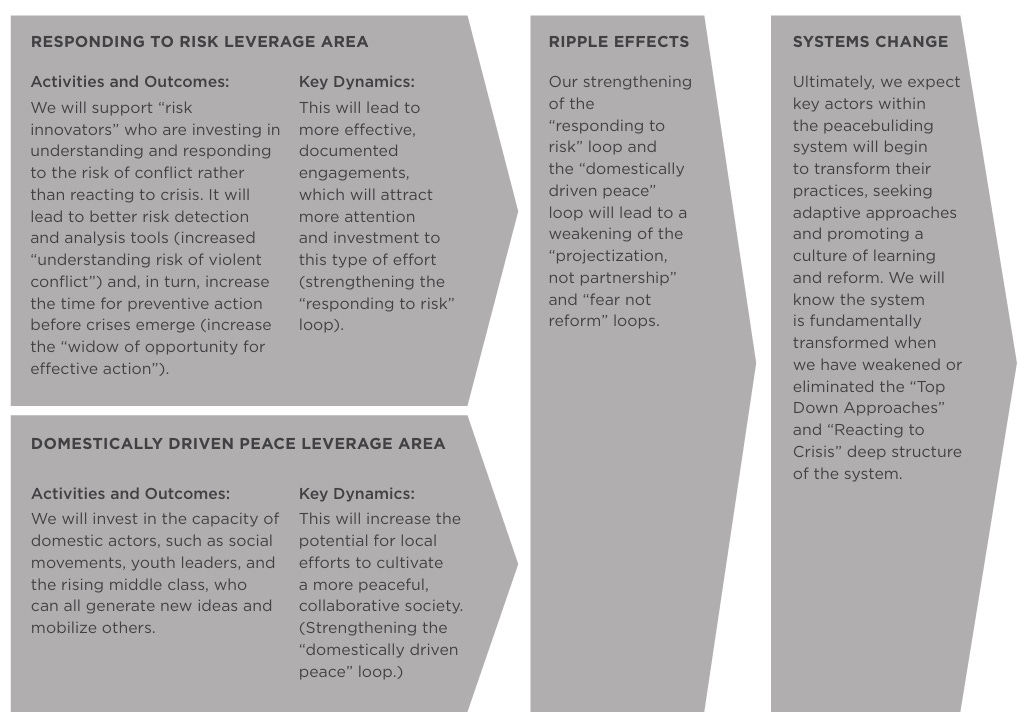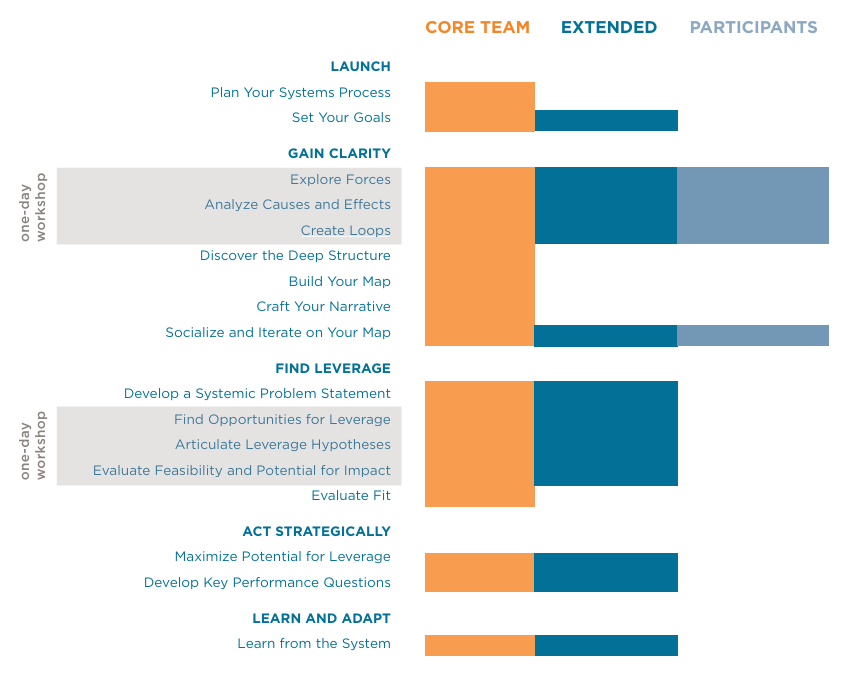Omdiyar's Systems Practice
Another day, another random reading, another interesting topic to stumble upon.
Systems Thinking is a reverse of problem solving - here the problem stays the same but the parameters change. The question here is how does the problem react to changing conditions. Because the conditions are mapped, rather than breaking the problem into smaller and manageable entities, we end up looking at the system as a holistic piece having interconnected parts and take a holistic view.
Unlike reductionist approaches that break problems into smaller pieces, systems thinking examines the whole system, including feedback loops, leverage points, and unintended consequences, to identify solutions that align with long-term goals. It’s rooted in the idea that a system’s behavior emerges from the interactions of its parts, not just the parts themselves, and requires curiosity, collaboration, and iterative learning to navigate complexity effectively.
If I take the words from DRSP Framework, distinct entities, their differentiators, relationships between them and the perspectives to view them from. In this case, rather than reducing the problem into smaller parts, we try to address the things from a holistic angle. For example, how does my system hold in the case of shifting global supply chains or impact because of AI and such. The focus then, shifts to trying to influence the conditions to handle the situation.
If you look at the model above, the first thing to understand your situation - how clear is the problem, how is the consensus, how complex is the environment and what kind of an end goal you have in mind, and then see if a Systems Practice Approach is applicable or not.
The model uses two end goals - Near Star and the Guiding Star - a short term goal, and a long term goal. While both need to be understood, one will have to create a framing question - to channel the thoughts in that specific direction. Below factors influence it and a question is framed after iteratively raising these questions till a concrete statement is created.
What are the forces that cause the current system?
Why is the system the way it is?
Consider the below.
The considered solution shouldn’t be a part of the problem definition
Don’t include untested assumptions
Don’t use “How Can We” questions as they tend to drive you towards the problem and not the situation
Once this is over, we jump into the Clarity phase.
Understand the forces - both the inhibitors as well as the enablers
For each force, analyze the cause and effects(the recommended model is SAT - Structural, Attitudal and Transactional causes and effects, both downstream and upstream)
Identify the feedback loops - how certain forces influence other. Classify them as Vicious, Virtuous, Stabilizing and Stagnating
Narrow down the central driving forces
Map the forces into an integrated system
Once you have mapped the flow, it’s time to frame the hypothesis.
What is the Problem Statement? It should focus on the disruptors which should be targeted
Identify the opportunities which can be leveraged - these ones should be of high impact but with minimal changes
Articulate the leverage hypothesis (Activities → Outcomes → Key Dynamics → Ripple Effects)
Feasibility Analysis
Fit Analysis - if the solution fits your needs
Once the framework is available, define the Key Performance Questions which check the effectiveness of the hypothesis. Once you are in the execution phase, follow an iterative loop to evaluate.
In essence, the activities look thus.
Below are some other models which one may want to look into.
DRSP Framework - Distinctions, Systems, Relationships, Perspectives
Viable System Model (VSM)
Soft Systems Methodology (SSM)
Iceberg Model
Senge’s Five Disciplines Model
Forrester’s System Dynamics







